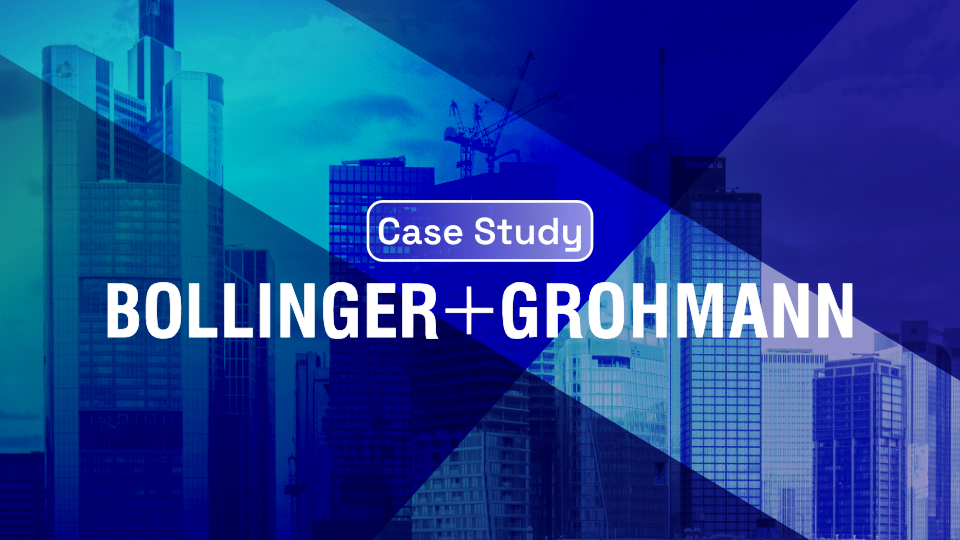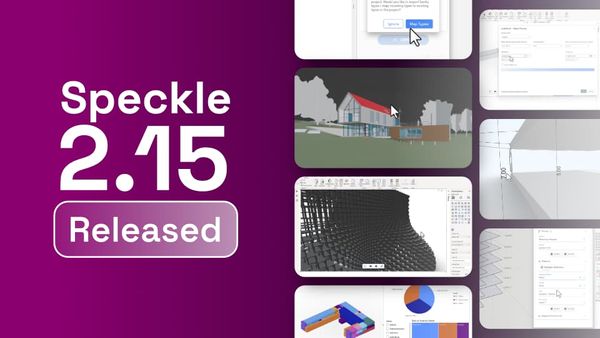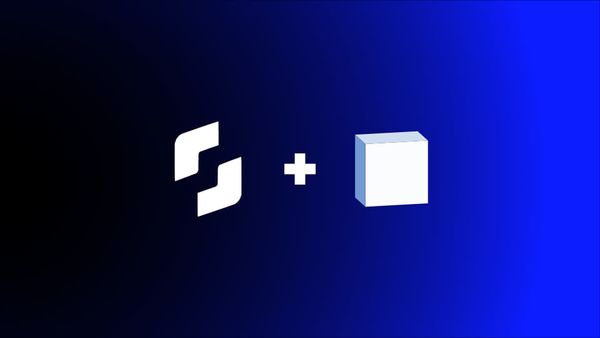Introducing B+G
Since its foundation in 1983, the Germany-based engineering practice Bollinger+Grohmann (B+G) has always strived towards embracing digital design methods. By using advanced workflows and simulations, it is able to tackle complex design tasks in the fields of structural and façade engineering. As tools are nothing without the creative people behind them, B+G has a multidisciplinary team of engineers, architects, and technicians throughout global offices who combine their expertise to deliver creative solutions for their projects independent of their size. Due to its ever-growing software and tool ecosystem, B+G was looking for a solution to cope with different software interfaces.

B+G was not only looking to solve the software interoperability issue, it was also investigating a way to streamline its dataflows alongside both internal and external design processes. By searching for different tools and platforms over the years, B+G faced a challenge: the tools were either suited for superusers due to their complexity, were too limited in their capabilities, or were just not developer-friendly enough.
“For complex projects we already have advanced workflows based on Grasshopper, Rhino.Inside, Karamba3D and the Parametric FEM-Toolbox in place, which usually require one of our Design Technology specialists. Without this kind of parametric workflows it would not be possible to work in geometrical advanced and time-sensitive projects” said Ljuba Tascheva, Architect and Head of the Performative Building Group at Bollinger+Grohmann.
Following its Digitalisation Strategy in 2022, B+G wanted to empower and enable its staff to work in the same connected manner as the superusers would usually do, but without spending time learning new complex tools and developing Grasshopper scripts.

When B+G Met Speckle
B+G followed the developments of Speckle closely over the years and started its journey into the Speckleverse in 2022. Speckle checked the above-mentioned key requirements, which made it stand out as the sole Open-Source Solution enabling these internal workflows to work effectively by bringing global teams closer. On top of this, Speckle is easy to learn and does not require advanced technical skills to fully leverage the powerful features of its 3D Viewer so that everyone feels included and part of the team.
“Speckle allows us to remove the complexity out of advanced workflows, which makes life easier for our staff and helps them to focus more on the task at hand and less on handling complex tools,” said Alexander Hofbeck, Structural Engineer and Head of BIM at Bollinger+Grohmann.
A Developer-Friendly Environment
B+G was especially enthusiastic about the strong developer focus and the Open Source approach of Speckle. Its APIs and SDKs allow B+G to extend Speckle's functionality to suit its needs and maintain flexibility when it comes to integrating with other tools and software. For the initial pilot developments, B+G focused on two design processes and tasks. Both developments are conceptualised to work as independent components, enabling the use of test projects, and are listed below:
A. Engineering-Drafter Interface
This development tackles the interface between two B+G departments: the Structural Engineering and Drafting department. The usual workflow would be for the engineer to comment on material qualities and fill in PDF drawing information. Following this, the drafter would implement those markups into the structural model. The alternative approach would be to bring the engineers into the BIM model environment, which is possible but requires additional training and brings the risk of unintentional modifications.
With a web-based parameter tool, the development team wanted to provide an easy-to-use environment, where the engineer would be able to enter parameter values straight into the structural models without any additional risks. The current prototype is table-based and will have a 3D Viewer interaction in the upcoming weeks. After its initial release, the tool will be adapted to also fulfill the needs of additional departments including Building Physics and Fire Engineering.
By bridging the gap between engineers and drafters (PDF versus 3D structure models), Speckle represents a baselayer for B+G. The results lead to reduced human transfer steps, and a stronger focus on design, allowing for a better User Experience.

B. Design Assistance Systems
As a second proof of concept, B+G envisioned a prototype for a Design Assistance System, a structural checker for column eccentricity analysis. With the Python script (see GitHub repository), one can automatically analyse the eccentricity of vertical columns from versioned Speckle data. By implementing this into an automated routine, checking drawings for eccentricity by overlaying drawing sets in AutoCAD or a PDF viewer are now translated into an Automated Design Assistance System. This leads to drastically reducing manual and tedious tasks.

Implementation Strategy
As with the introduction of all technological tools and developments, the most crucial aspect for it to be successful is proper implementation. There needs to be more than introducing the platform and giving team training to make this global implementation successful. This is why B+G started with a project-based implementation, relying on internally supported pilot projects.

The Implementation Procedure
- Integrating Speckle into existing workflows (for example as an alternative to Rhino.Inside)
- Phase 1: Start with geometrical exchange internally
- Phase 2: Start with the exchange from BIM-Software to FEA-Software
- Phase 3: Follow up with the exchange between design parties
- Testing workflows like data extraction/visualisation or custom developments in those pilots in order to develop best practices for future projects and improve the developments with customer feedback

- Communicating quarterly status reports via company-wide live talks to maximise internal awareness.
Final Thoughts
B+G was able to evaluate and analyse different project solutions to ultimately identify Speckle as the key driver for its project implementation and delivery. This allowed for a more powerful commitment from the company and the teams working on different projects, leading to improved collaboration overall. B+G sees Speckle playing an increasingly integral part in the Digitalisation Strategy project, led by the German Design Technology Leads, Lubja and Alex and their Viennese colleague Moritz Heimrath.
Subscribe to our newsletter below if you'd like to receive more content like this:



